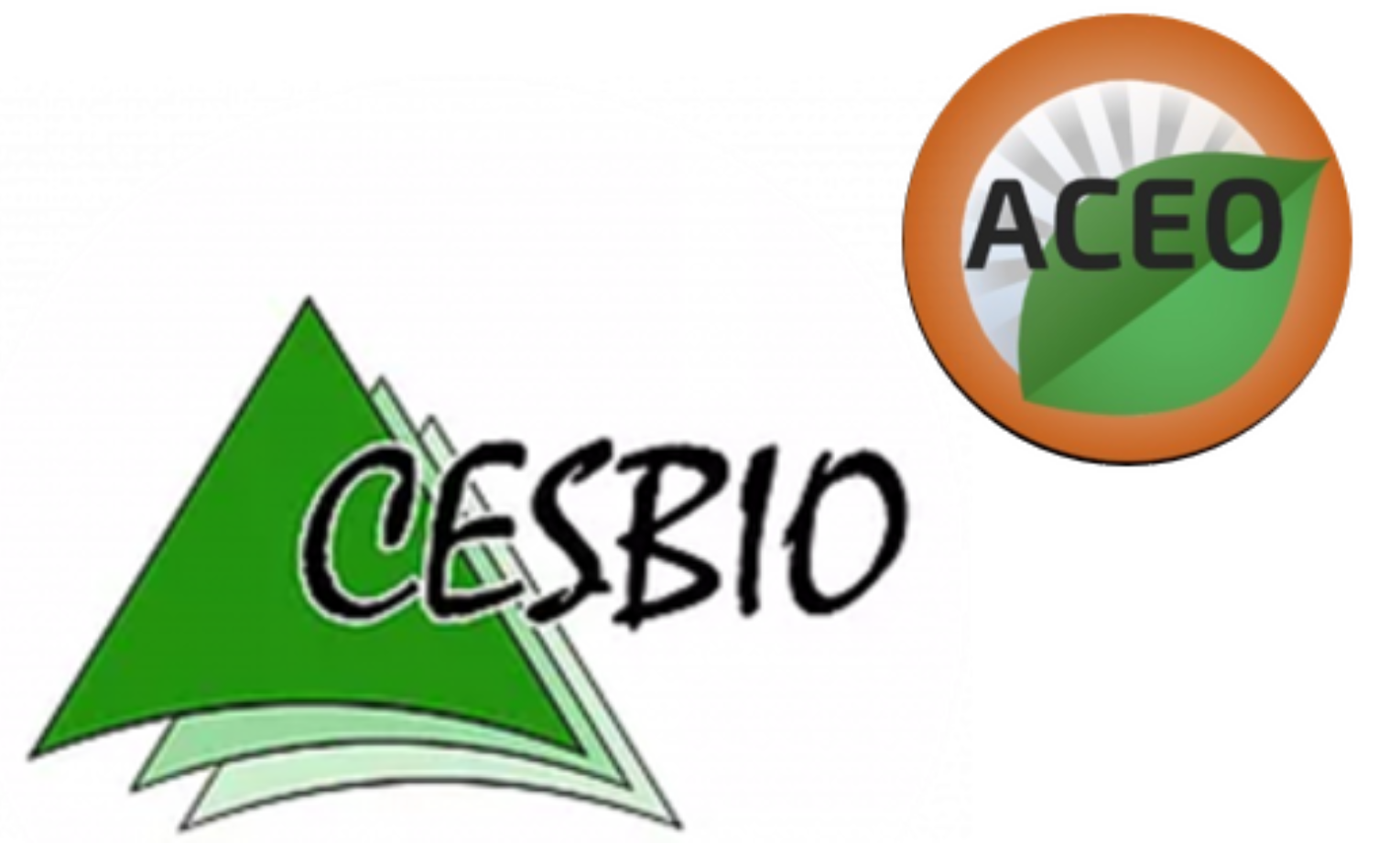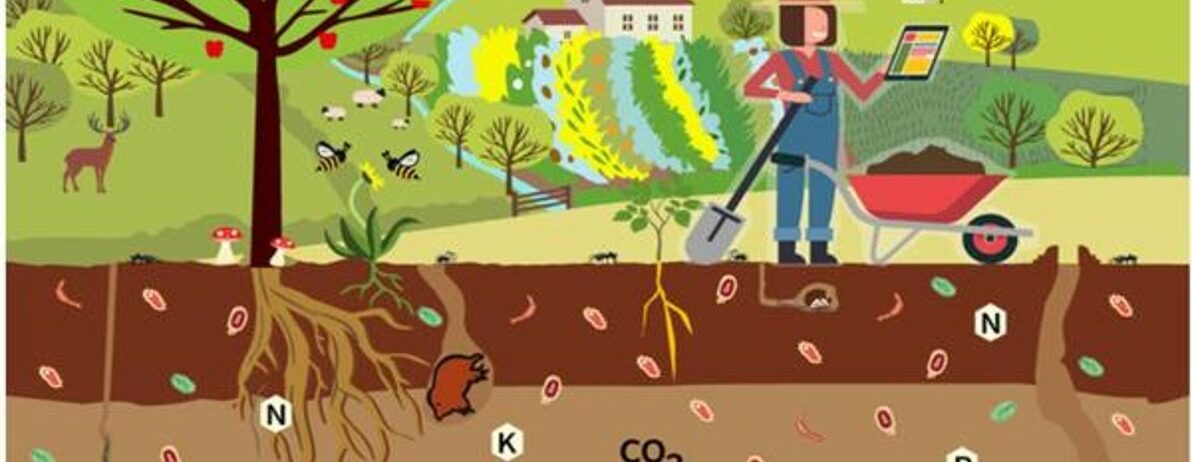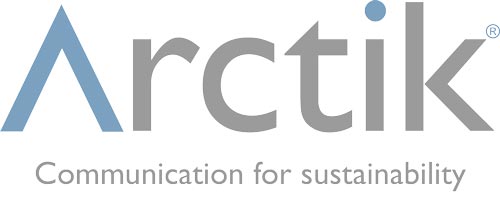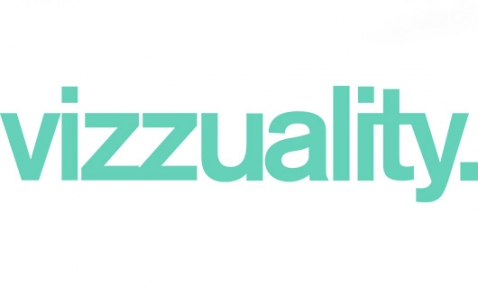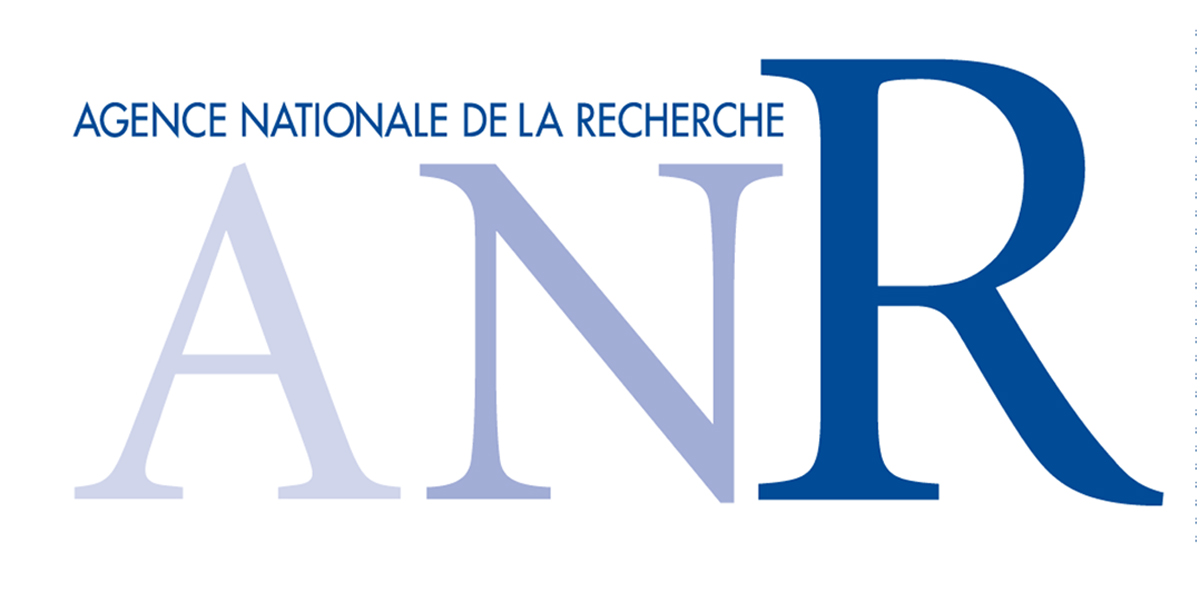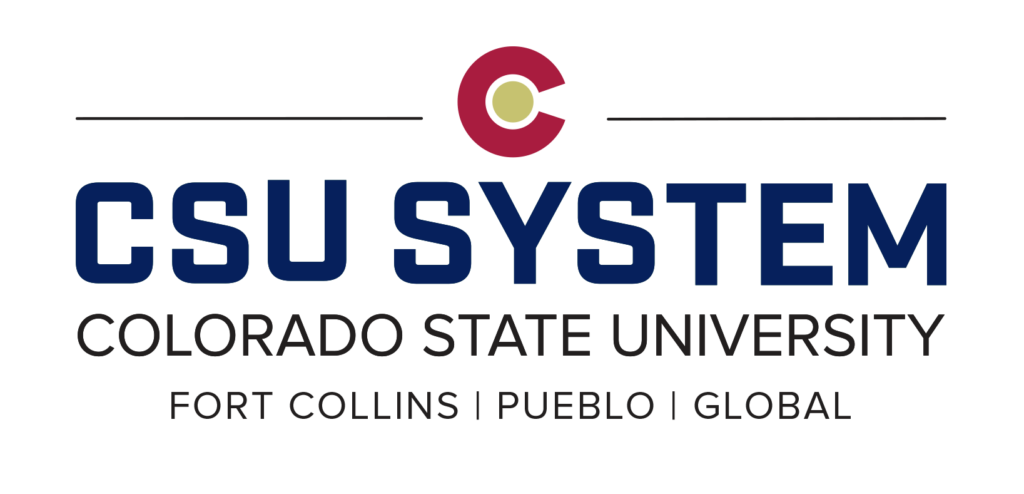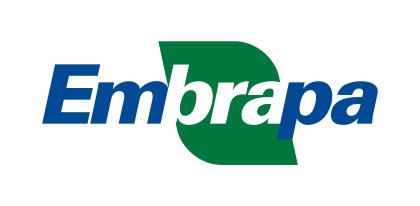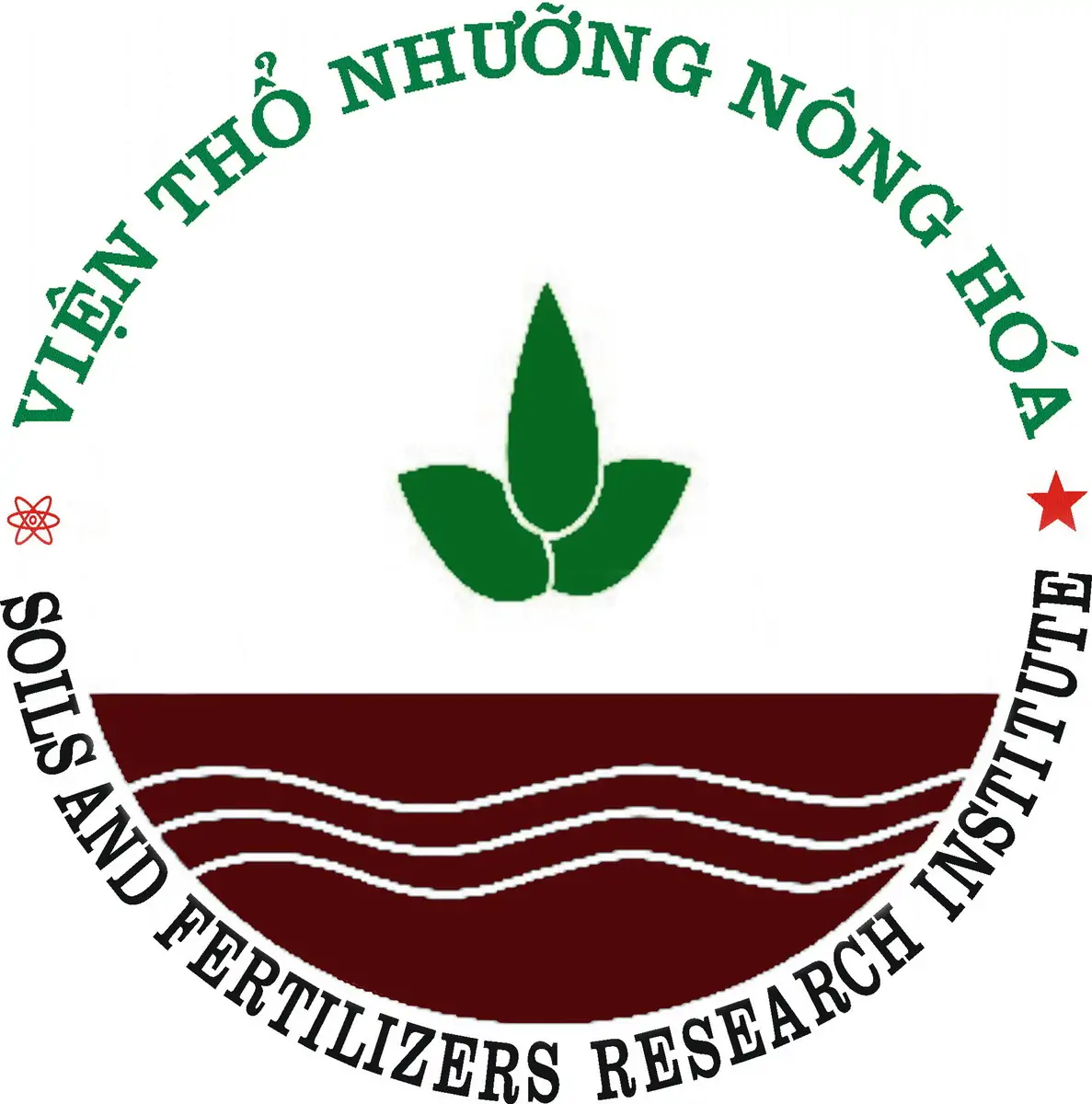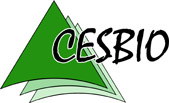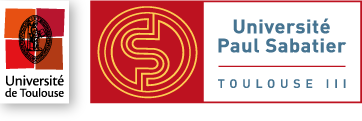ORCASA
Operationalising International Reseach Cooperation on Soil carbon
Beginning soon (2022) as an extension of the CIRCaSa project
Context
To reach the targets of the Paris Agreement commitments for land degradation neutrality, for biodiversity, and to support the EU Green Deal, Europe needs to join its research and innovation forces on soil carbon with those around the globe in a coordinated manner. To scale up efforts for conserving and increasing soil carbon stocks and harness the co-benefits for climate change mitigation and adaptation, soil health and food security international coordination of research efforts is essential.
In this context the EC supported a 1st Coordination action (CIRCASA) led by INRAE which brought together over 100 key stakeholders and 500 scientists from around the world who formalised an interest in establishing an International Research Consortium (IRC) on Soil Carbon built around an initial strategic research and innovation agenda (SRIA) focusing on agricultural soils. Operationalising the IRC requires further mobilization of the international community of stakeholders working on agricultural soil carbon but also other land uses and therefore expanding the initial SRIA as well as developing with international funding bodies an implementation plan and a central knowledge platform offering services to this community.
The main goal of ORCaSa is therefore to launch and roll out the initial operational phases of the IRC on Soil Carbon so that by 2024 the IRC has established an international position as the coordinator of soil carbon research and innovation and related issues at global level offering a unique SRIA and implementation plan, supporting knowledge platform and enable the preparation of a disruptive low cost international recognized MRV system.
To reach this overall goal, ORCaSa brings together European partners and 6 regional nodes covering the 5 continents around an ambitious 3-year work plan working hand in hand with the international every step of the way.
Participant organisation name
Objectives
The main goal of this 2nd Coordination action is to launch and roll out the initial operational phases of the IRC on Soil Carbon so that by 2024 the IRC has established an international position as the coordinator of soil carbon research and innovation at global level offering a unique SRIA and implementation plan, a supporting knowledge platform for the benefit of a wide range of stakeholders beyond the scientific community and enabling the preparation of a disruptive low-cost, internationally-recognized monitoring, reporting and verification (MRV) system. To reach this overall goal, ORCaSa has set seven specific objectives that will be achieved and KPIs that will be achieved within a 3-year time scale.
- Objective #1: Develop a Mission and Vision statement for the IRC and strategic agreements
- Objective #2: Propose a Governance Model / associated modus operandi / sustainable funding model
- Objective #3: Define a 5-year International Strategic Research and Innovation Agenda covering all soils
- Objective #4: Implement the SRIA (building on CIRCASA SRIA)
- Objective #5 (largely involving our research team): Develop internationally recognised conceptual and methodological frameworks for harmonised monitoring, reporting and verification (MRV) of SOC stock changes for a range of ecosystems.
- Objective #6: Build “KP4SoilCarbon” an inter-institutional and International knowledge platform that becomes a world reference about soil carbon knowledge.
- Objective #7: Put in place a clear communication, dissemination and stakeholder engagement strategy including funders, policy makers, scientists and practitioners covering 6 world regions facilitated by regional node coordinators.
Our contribution
Both the SAFYE-CO2 model and the AgriCarbon-EO processing chain will be used to propose an innovative & harmonised Monitoring Reporting and Verification (MRV) framework (first to be tested for croplands) and then for other land uses (Obj. 5) to pave the way for a major technological breakthrough concerning MRV that shall be carried out by the IRC.
In ORCaSa, previous conceptual frameworks (issued from CIRCaSa: Smith et al. 2019) will be updated and a cookbook for a blueprint designed. It will pave the way for the implementation of new, widely accepted, MRV system representing a major technological breakthrough for monitoring SOC stock changes. It will thus contribute to improve national GHG inventories for soil carbon and to support the transparency of NDCs for the Paris agreement.
In addition, at national or local scale, it will ensure that “carbon farming projects” are supported by corresponding incentives based on ad hoc monitoring methodologies thus allowing the establishment of an international carbon market, a key element of the agro-ecological transition at an international level. Depending on the size of the area to be monitored, the availability of soil data, the availability of management data (at plot/farm scale) and user requirements, different approaches will be implemented that can range from low (similar to ‘Tier 1’ in the H2020 NIVA project) to high (i.e. ‘Tier 3’ as AgriCarbon-EO) accuracy.
If each approach has its pro and cons (cost of implementation, operations, accuracy, accessibility of the data…), they are rather complementary and to some extent the weakness of one approach can be compensated by the others (Smith et al., 2019). This is why the recommendation of CIRCASA is to combine those approaches and to build a common framework for MRV at global scale. This will pave the way for a new MRV methodoligical framework for SOC stock changes by the IRC compatible with the current and maybe future standards (e.g. ISO, VSC…) and fulfil the international requirements (e.g. national inventories, NDC reporting).
We will be supported in those actions by an international Task Force composed of scientific experts, stakeholders, NGO’s and companies involved in MRV approaches for soil carbon as well as representatives of each regional node identified with the support of the IRC Scientific committee and through call of interest.
